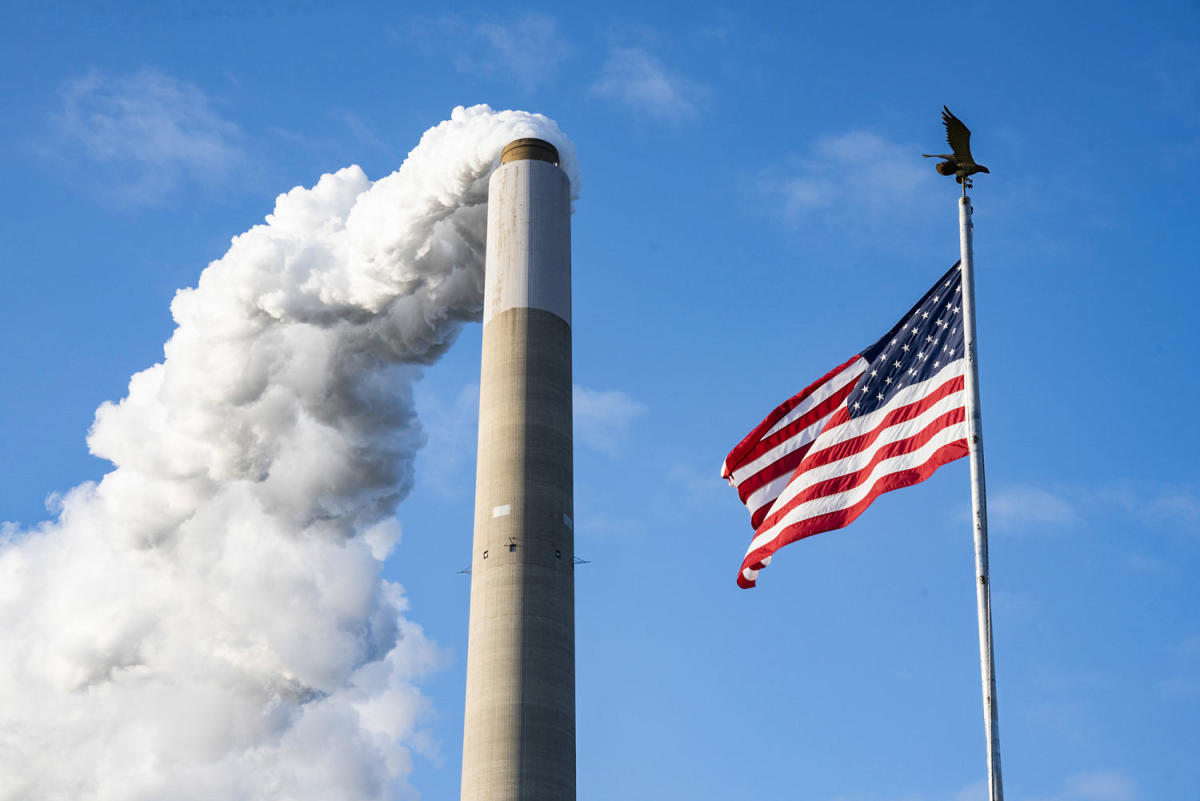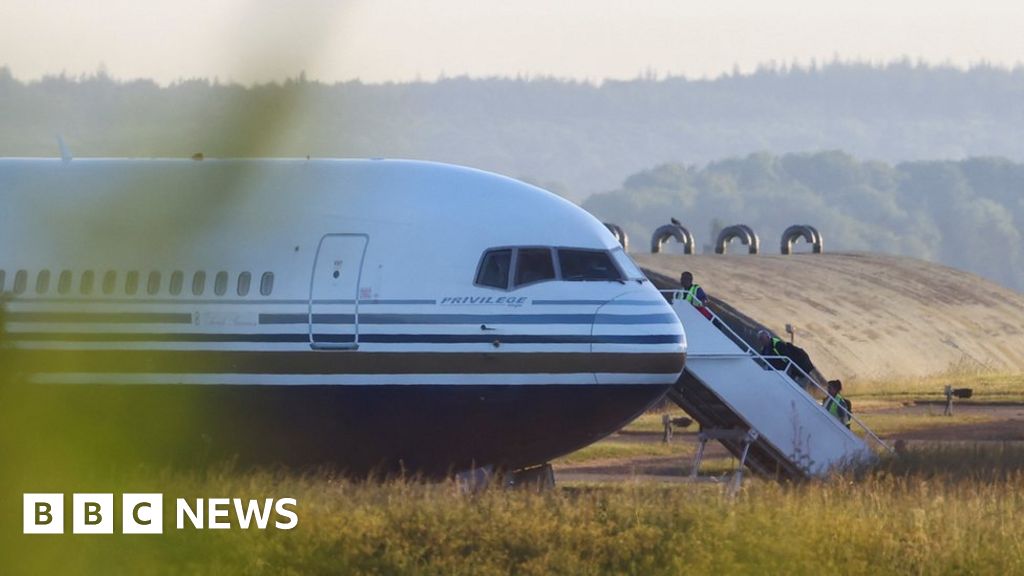WASHINGTON — The Supreme Court on Wednesday will consider whether to block a Biden administration policy aimed at reducing air pollution that crosses from one state to another and creates harmful smog.
The court is hearing four related cases involving challenges to the policy brought by three Republican-led states — Indiana, Ohio and West Virginia — and various affected industries, including natural gas pipeline operators.
The Supreme Court, which has a 6-3 conservative majority, has been skeptical of broad exertions of federal power on regulatory issues, including the environment.
In 2022, the court limited the ability of the Environmental Protection Agency to use the Clean Air Act to combat emissions that contribute to climate change. Last year, the court weakened the landmark Clean Water Act by limiting the EPA’s regulatory oversight over wetlands.
Recently, the court has been treating environmental policies like they are “guilty until proven innocent,” said Sam Sankar, a lawyer at environmental group Earthjustice.
The “good neighbor plan,” introduced by the EPA last year, seeks to curb nitrogen oxide pollution from industrial facilities. If implemented in full, it would apply to 23 “upwind” states whose emissions can contribute to pollution in “downwind” states.
The EPA says the plan would help prevent premature deaths, reduce emergency room visits and cut asthma symptoms by limiting the amount of smog.
Under the Clean Air Act, states get a chance to draw up their own pollution control plans. Each state has a responsibility under the law to be a “good neighbor,” meaning that its plans address pollution that can contribute to other states that are not meeting their own obligations.
The EPA can step in to adopt its own plan, which is what happened last year. The three states object to the federal government’s approach, saying in part that they didn’t have enough time to come up with their own plans.
The agency’s approach “ignored obvious problems with its attempt to twist the Clean Air Act into a system of top-down regulation instead of the system of cooperative federalism that Congress intended,” Ohio Attorney General Dave Yost wrote in court papers.
He called the policy “a disaster” because court rulings in separate litigation mean it has already been blocked in 12 of the 23 states it applies to, meaning it only reaches 25% of the emissions it seeks to regulate.
Republican-led states frequently complain about robust EPA interventions over environmental policy, citing it as an example of federal overreach that infringes on the right of states to govern themselves.
Solicitor General Elizabeth Prelogar, who is defending the rule, said in court papers that it is in “full force” and able to “function properly” in the 11 states where it is in effect. The fact that it is currently blocked in some states does not undermine the validity of the rule as a whole, she added.
If the regulation were to be put on hold while litigation continues, it would “delay efforts to control pollution that contributes to unhealthy air in downwind states, which is contrary to Congress’s express directive that sources in upwind States must assume responsibility for their contributions to emissions levels in downwind states,” Prelogar wrote.
This article was originally published on NBCNews.com

Evan Massoud is a political analyst with a knack for dissecting policy and governance. He provides readers with informed perspectives on political developments at home and abroad. Evan’s dedication to civic engagement extends to volunteering in local politics.








